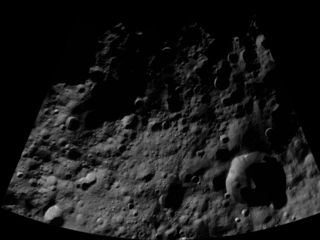

The stellar halo of our Galaxy as revealed by Gaiaīy Paola Di Matteo, Misha Haywood, Matthew Lehnert, et al. These investigations will require effort and care but these observations confirm that we are no longer limited by star catalog precision in the pursuit of occultations. All of these examples are useful case studies for the types of systematic investigations of small bodies that are now within our grasp. A comprehensive assessment of the internal kinematics of GCs in a regime 100km Kuiper Belt objects for shape size and duplicity as pursued by the RECON project. Both these elements strongly puzzle our understanding of their formation in the early universe. We now know that GCs present rich kinematic features such as the presence of internal rotation and complex stellar populations. The traditional picture of globular clusters (GCs) as simple stellar systems is being radically revolutionized by the synergistic efforts of theoretical advances and the advent of precision astrometry led by Gaia DR2. Globular clusters in the Gaia era: precision astrometry for precision dynamicsīy Paolo Bianchini, Anna Lisa Varri, Elena Pancino Alice Zocchi, et al. We conclude by discussing the prospects of discovering new interstellar objects. If on the other hand 'Oumuamua is old (more than tens of Myr) then it could have traversed a significant fraction of the Galaxy before reaching the Sun meaning that it will be essentially impossible to ever identify its origin. 'Oumuamua's low velocity with respect to the local standard of rest is consistent with youth. was ejected in the past few million years - then there is a reasonable chance that we have identified the home system. Given that our sample of 7 million stars is dominated by nearby stars - and is only a small fraction of stars in the Galaxy - then the probability that one of our candidates is the home system depends on 'Oumuamua's age. A binary star system is more likely to produce the observed velocities. Ejection of 'Oumuamua by scattering from a giant planet in one of the systems is a plausible origin mechanism but it requires a rather unlikely configuration to achieve the relative high velocities found (>= 10km/s). We find four stars that can be considered as plausible home stars. Such an "encounter" could reveal the home system from which 'Oumuamua was ejected. We use its non-Keplerian trajectory together with the reconstructed Galactic orbits of 7 million stars from Gaia DR2 to identify stars that 'Oumuamua came close to in the past. The first detected interstellar object 'Oumuamua that passed within 0.25au of the Sun on 2017 September 9 was presumably ejected from a stellar system. Possible origins of the first interstellar object 'Oumuamuaīy Coryn Bailer-Jones, David Farnocchia, Karen Meech, et al.


 0 kommentar(er)
0 kommentar(er)
